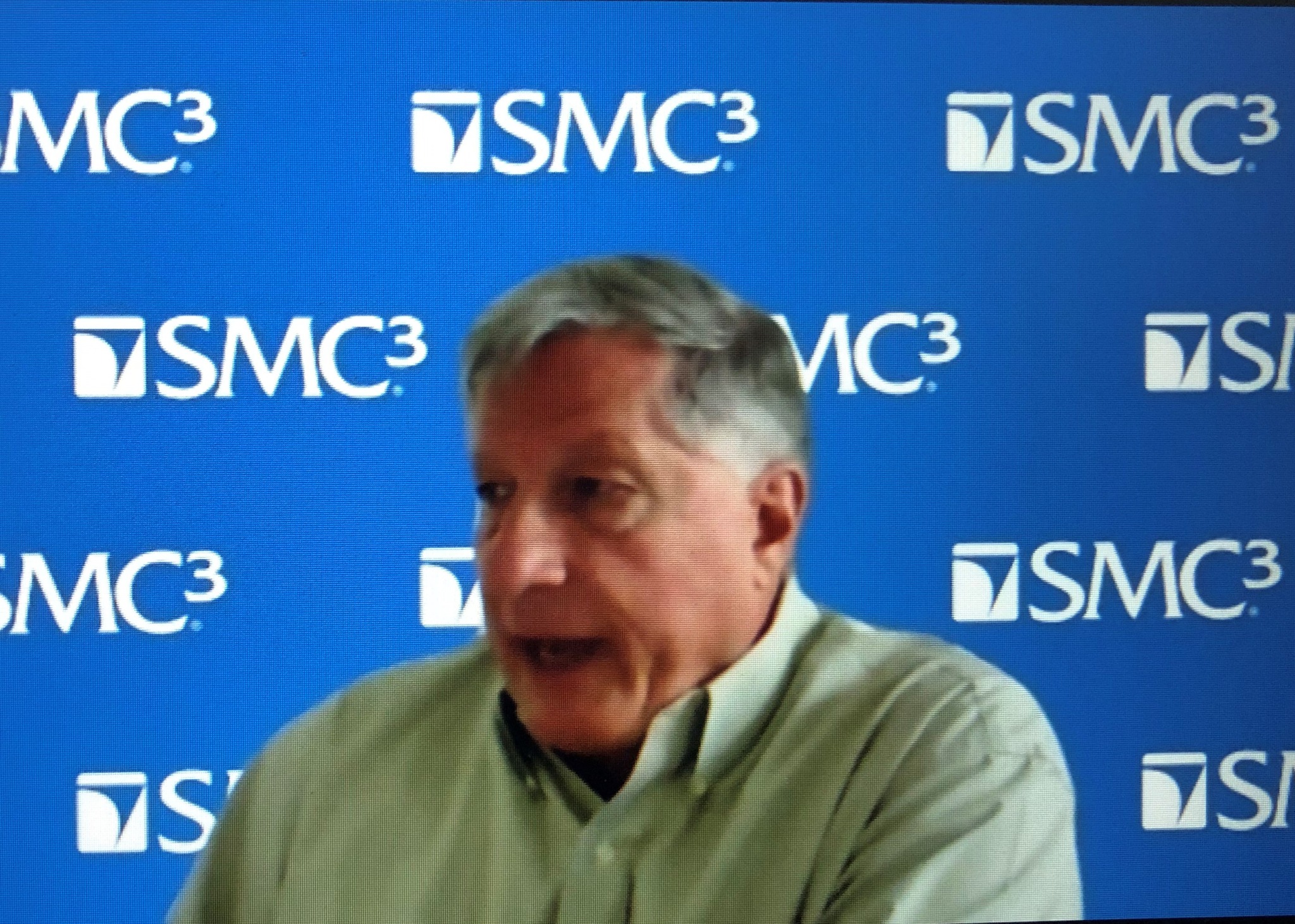How to drive out empty miles
It’s been the scourge of trucking for decades, chipping away at carrier revenues.
Yet, many fleets don’t have reliable data on how bad the problem of empty miles is. Nor do many of them have a clear understanding on how to tackle it.
Until recently, empty mileage estimates ranged from 14% to 20% for all types of trucks, including light- and medium-duty vehicles.
All that changed in August when the trucking startup Convoy shocked the industry by saying the real number is 33%, and for private fleets, it is 40%.
That is a lot of empty miles, and a lot of money in lost revenues.
Determining freight profitability
Last week, the Truckload Carriers Association hosted a webinar on the problem, and invited a pioneer in cost accounting as the keynote speaker.
Bill Shults is vice-president of cost systems at SMC3, a company based in Peachtree City, Ga., which offers a freight costing tool known as the Cost Intelligence System.
About 20 years ago, Shults and Kenneth Manning invented a method for analyzing profitability of freight hauling operations. Their invention, patented in 2003, is at the core of SMC3’s Cost Intelligence System.

Empty miles should be included in costs, and in freight profitability evaluations, Shults told the audience at the webinar, Dealing with Balance and Empty Miles in Freight Profitability Analysis.
“If you measure every cost incurred in moving each load, and allocate empty miles on the most reasonable basis, what you will find is that all headhauls make money, and all backhauls lose money,” Shults said.
He said when multiple loads are moved on a single round trip that cost is not assignable to individual loads, using the cost per mile.
“Motor carriers don’t buy miles from their drivers; they buy round trips.”
– Bill Shults, vice-president of cost systems at SMC3,
The cost has to be allocated to each load, based on the revenue contribution that each is making.
And, allocating the cost of empty miles to the loads moved on each round trip requires putting join cost accounting into practice, he said.
The key point, though, is that motor carriers don’t buy miles from their drivers; they buy round trips, Shults said.
“When you send a driver out with a load, there is an expectation that you’re going to bring that driver back,” he said.
“That may vary from driver to driver, but ultimately that happens. And, that needs to be taken into account when looking at the profitability of the freight that you are moving.”
So, that’s the recognition that we need to determine freight profitability, Shults concluded.
No industry conversation
The author of the groundbreaking Convoy study is Aaron Terrazas, director of economic research at Convoy.
He believes fleets will not take the problem seriously as long as fuel prices remain low.
“If you look back historically, the first time the industry really started looking at empty miles was in the 1970s after the oil shock,” Terrazas told Today’s Trucking in an interview from Seattle, Wash., where Convoy is based.
“Because oil prices rose so quickly, so high, a lot of people were looking to save money by reducing the miles.”
Terrazas is still alarmed that there is no real industry conversation about reducing empty miles.
“I think the larger fleets kind of track it, but there is no standard measure… Once oil prices go up, they will have to rethink about this.”

Huge environmental footprint
A second Convoy study looked at the environmental cost of empty miles.
It found that truck running empty emit about 76 million metric tons of CO2 each year.
“One of the big reasons why carriers have to run empty so often is because of the inefficient matching and the inefficient scheduling of their loads,” Terrazas said, adding that Convoy’s freight-matching technology helps mitigate the problem.
“When they use traditional brokers, they are only assessing a handful of opportunities and a handful of combinations of loads. A human can only analyze a limited number of different combinations at a time.”
Convoy is one of many companies that offer digital freight-matching services. Others include Uber Freight and Transfix.
In Canada, the newly rebranded Loadlink Technologies has been offering similar service for some time. Its network is capable of handling tens of thousands of transactions daily, the company said.
“Our load board was built from the onset with the technology to ensure maximum profitability and loaded miles for carriers,” said Claudia Milicevic, senior director and general manager of Loadlink.
“By focusing on finding the most effective way so that carriers can ensure trucks are fully loaded, our freight matching technology delivers impact where it matters most.”
Have your say
This is a moderated forum. Comments will no longer be published unless they are accompanied by a first and last name and a verifiable email address. (Today's Trucking will not publish or share the email address.) Profane language and content deemed to be libelous, racist, or threatening in nature will not be published under any circumstances.